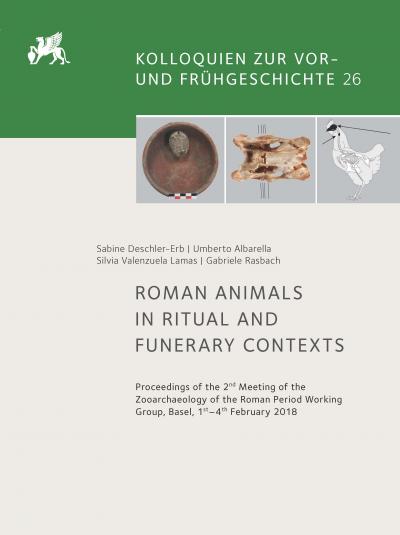Faunal remains from a 4th–5th century church complex at ‘Ain el-Gedida, Upper Egypt
https://doi.org/10.34780/a6ay96g0cd
List of Contributors
- Douglas V. Campana [Chapter Author]
- Pam J. Crabtree [Chapter Author] https://orcid.org/0000-0002-9723-4561
Synopsis
The 4th–5th century church complex at ‘Ain el-Gedida in the Dakleh Oasis, Upper Egypt, was excavated between 2006 and 2008 by Dr. Nicola Aravecchia under the direction of Prof. Roger Bagnall. This church complex is one of the earliest examples known from Egypt to date. Our paper presents a short study of the animal bone remains that were recovered from ‘Ain el-Gedida and compares them to the 3rd and 4th century faunal assemblages that were recovered from the town of Amheida (Roman Trimithis) in the Dakleh Oasis. The mammal remains were dominated by the remains of pigs, caprines, cattle, and donkeys, but the cattle and donkeys appear to have been working animals. Recent research suggests that the site may have been a Christian agricultural settlement with wage or tenant labour.




